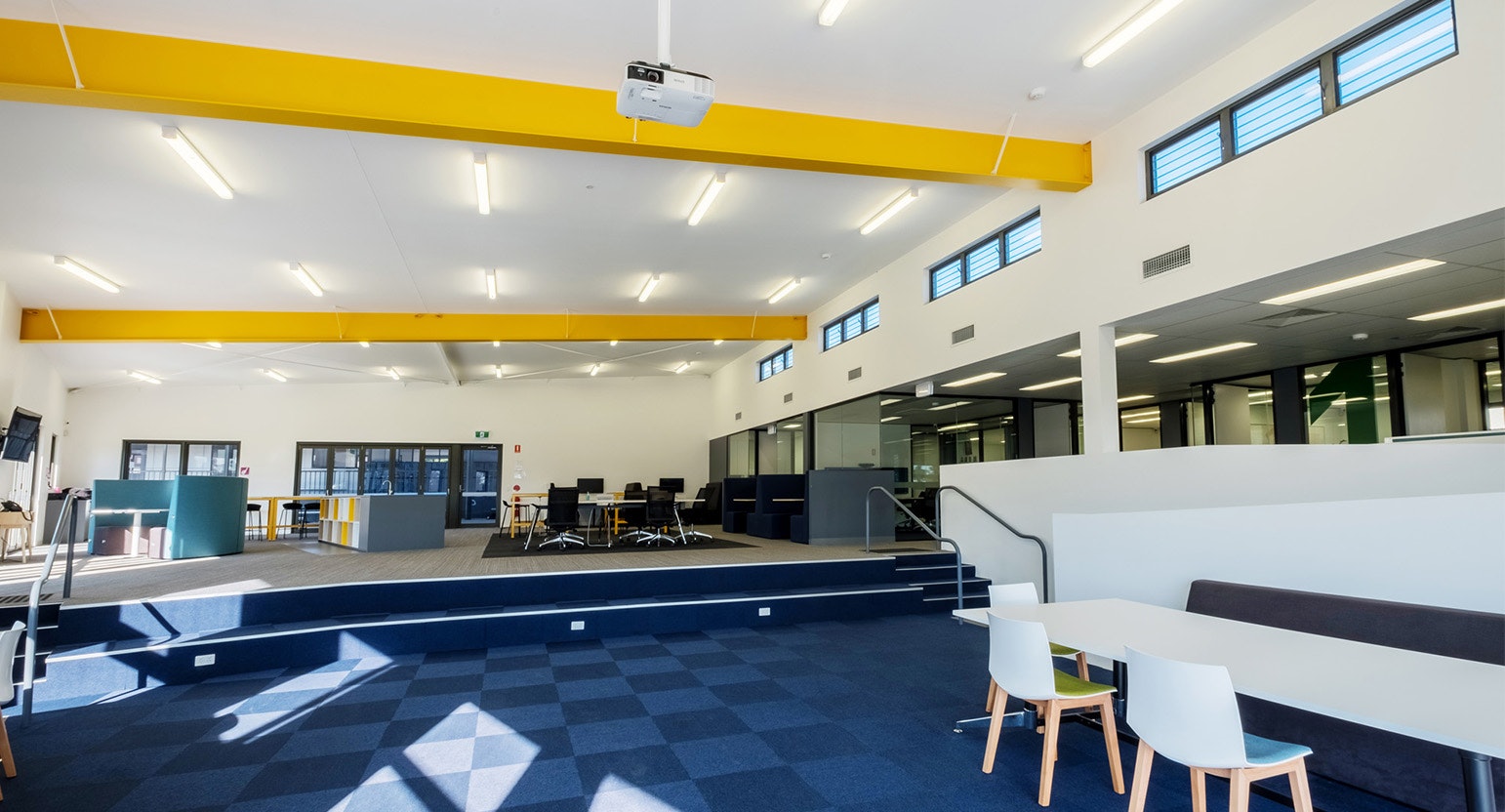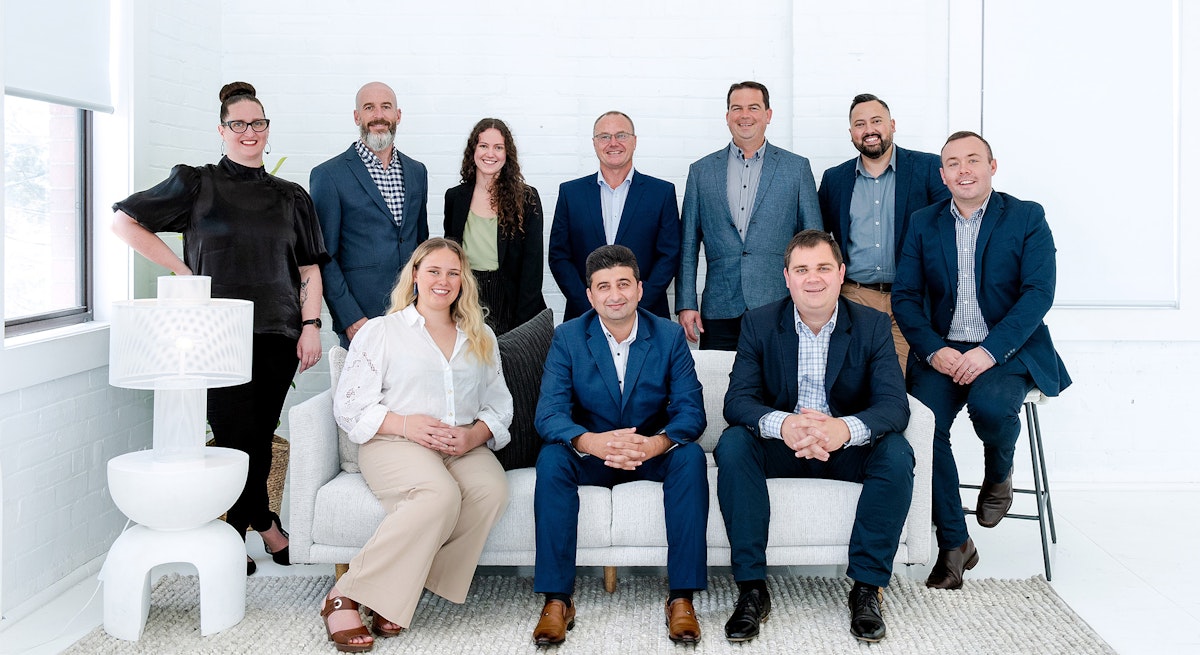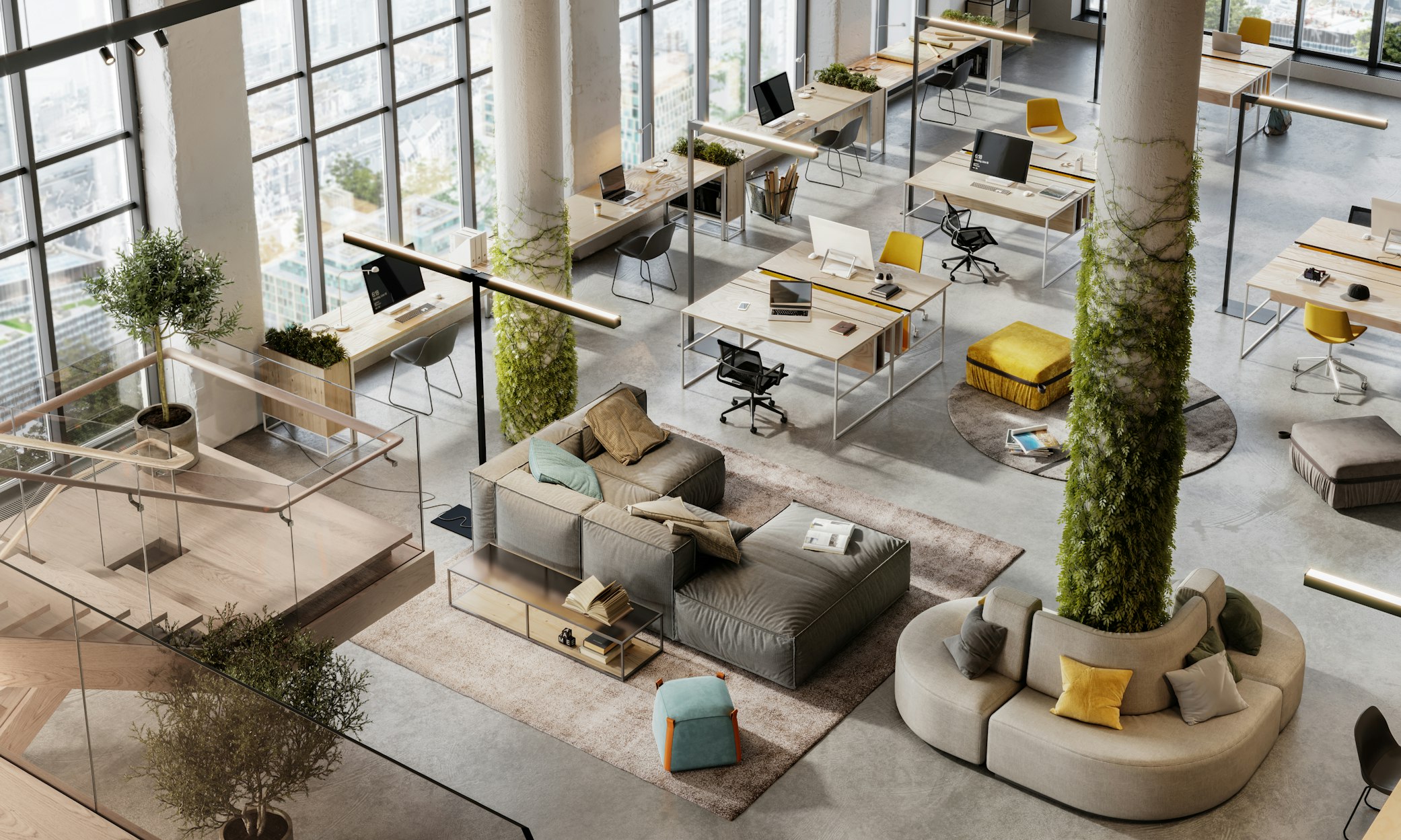08 January 2024
Ways Builders sneak their variations into your project

Maximising Value in School Infrastructure

In the ever-evolving landscape of educational, the decision between modular classroom construction and traditional building methods is becoming increasingly critical. This blog aims to delve into the distinct advantages and limitations of both approaches, assisting school principals and business managers in making informed decisions that align with their long-term goals and immediate needs.
Modular Classroom Construction | Typical (Traditional) Build |
PROS | PROS |
| Speed of Construction: Quick to assemble, minimising disruption. | Durability: Perceived as more “permanent” and “sturdy”. |
| Adaptability: Designed to meet evolving educational needs with modular flexibility. | Customisation: Highly customisable to specific requirements. |
| Flexibility: Can be relocated or repurposed. | Aesthetic Integration: Easier to match existing structures. |
| Sustainable: Less waste during construction. | Long-Term Value: Can appreciate in value over time. |
| Consistent Quality: Manufactured in a controlled environment, ensuring uniformity. | Material Choices: Wider range of materials and finishes. |
CONS | CONS |
| Ongoing costs: Maintenance costs are higher | Longer Construction Time: More extended building period. |
| Less Durable: lifetime is 10-15 years | Higher Costs: Increased labour and material expenses. |
| More limitations: Size and flexibility limitations | Disruption: Longer construction can disrupt school activities. |
| Depreciation: Potentially faster depreciation in value. | Fixed Location: Difficult to move once built. |
| Harder to get grant funding: Due to short lifespan | Waste: Traditional construction can generate more waste. |

Modular classroom construction is lauded for its quick assembly and adaptability, suitable for schools requiring timely expansions. These units, easily repositioned or altered, also boast sustainable advantages, producing less waste. Yet, considerations such as difficulty in obtaining grants, limited lifespan of 10-15 years, higher long-term maintenance costs, and size constraints must be weighed.
Despite quicker assembly times, the potential for increased ongoing costs and challenges in long-term funding can affect feasibility.

Traditional construction methods offer durability and customisation that modular buildings struggle to match. These buildings are perceived as more permanent, capable of withstanding the test of time while fully integrating with existing campus aesthetics. The ability to customise every aspect of the design means that schools can create spaces uniquely tailored to their educational philosophies and requirements.
The long-term value and broader selection of materials and finishes are significant draws. However, the extended construction periods, higher costs, and potential for disruption are considerable downsides. The fixed nature of traditionally constructed buildings also poses challenges for schools that may need to adapt their facilities to changing educational demands.

The choice between modular and traditional construction methods is not one-size-fits-all. It requires a balanced consideration of various factors, including:

When determining the most suitable construction method for educational facilities, it's a nuanced decision that requires weighing multiple factors. While traditional construction often provides long-term economic benefits, modular options may suit certain immediate requirements. Ultimately, each school's unique circumstances will dictate the most appropriate choice. A thorough analysis, considering both short-term needs and long-term implications, is essential to arrive at a sustainable and cost-effective solution for educational infrastructure.

In the dynamic realm of school infrastructure development, Coverite Projects emerges as a key partner, offering a comprehensive suite of services tailored to the unique demands of the educational sector. Here’s how Coverite can make a difference:

By leveraging Coverite Projects’ expertise, schools can navigate the complexities of building and renovation projects with confidence, ensuring that their visions for sustainable, flexible, and cost-effective educational spaces are brought to life effectively and efficiently.
